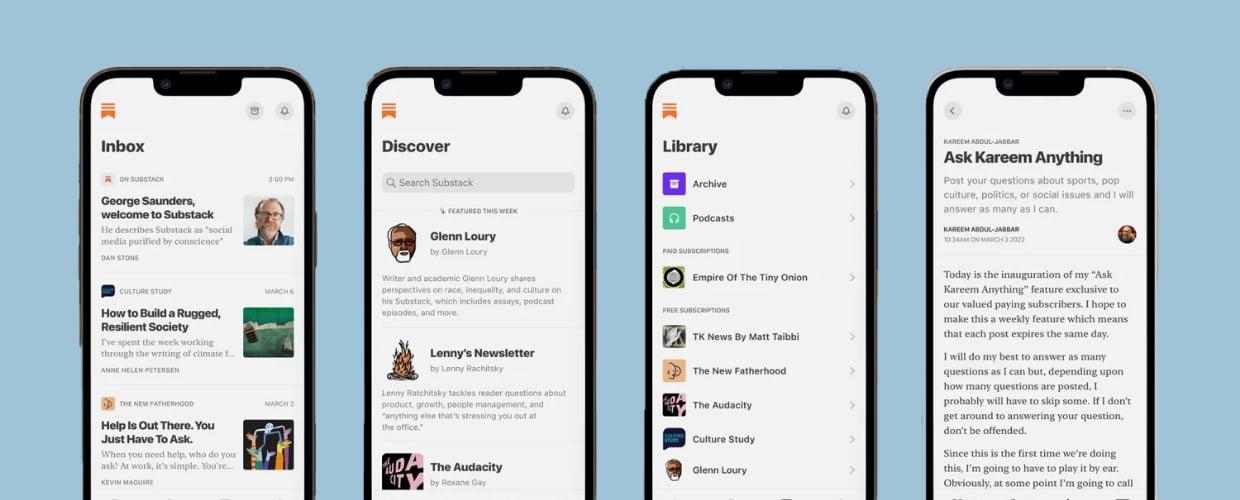Some things just go together.
Batman and Robin.
Macaroni and cheese.
Romeo and Juliet.
But, when it comes to the greatest duos of all time, any successful business decision-maker knows one stands above the rest: marketing and sales.
Like any great team, they’re far more effective when they work together. Unfortunately, this isn’t always the case.
More often than desired, they operate in siloes – marketing generates leads and pushes them down the sales funnel; sales turns those leads into customers. It’s a tad ironic, given that both functions rely heavily on communications skills. Achieving yin-and-yang balance between marketing and sales is an age-old dilemma – and one with big consequences. Marketing and sales misalignment not only wastes efforts and fails to convert leads, it may hurt your bottom line. In fact, companies with poor alignment saw revenues decline by 4 percent, according to Hubspot.
On the other hand, organizations that tear down siloes and encourage marketing/sales collaboration are handsomely rewarded. Hubspot reported that businesses that align their marketing and sales teams reported 20 percent annual revenue growth in 2010.
A little communication goes a long way, but there’s a more to it than putting your marketing and sales teams into the same room and having them do trust falls. There are a few things that may be holding back your teams from achieving Zen-like harmony.
Inconsistent brand and image
While it’s true miscommunication about responsibilities is a major roadblock to alignment, it’s also important that your marketing and sales teams agree on brand messaging. Inconsistent messaging can drive away potential customers as they move down the sales funnel. Sales pros, for their part, can embrace the brand messaging developed by marketers. This may include, for instance, having sales team members use sales materials provided to them by marketing and sharing the company’s social media content on their own accounts. They can also lend feedback to marketing that will help inform overall brand messaging.
Different goals
Misalignment on desired outcomes is another major obstacle to marketing/sales bliss. Rather than using impressions or leads as the sole measure of success, marketing should broaden its view to include the same all-important metric used by sales: revenue. In other words, it’s not just about ramming people down the sales funnel; it’s about attracting quality leads that become customers.
One way to get both teams on the same page is to bring them together into weekly or monthly meetings, where marketers are given a taste of sales targets and revenue generation. On the flip side, marketing can also inform sales professionals about upcoming campaigns and promotions.
Not following up with leads
So your eye-catching banner ad or well-worded email has attracted a lead. Now what?
There are plenty of opportunities to fumble the baton as it’s handed from marketing to sales. For one thing, it’s important the lead is transferred to sales quickly and contacted in a timely fashion. Delay too long, and that potential customer may lose interest.
Shared CRM software makes it easy to track individual customers throughout the sales cycle and helps teams stay on the same page. Rather than being separated by systems functionality or access to key information, departments across the organization can function more cohesively, which makes for a better customer experience no matter who is doing the follow up.
In today’s business environment, where everything is focused on the customer, total sales and marketing alignment is critical to delivering great value. Naturally, strong alignment between marketing and sales requires a well-thought-out strategy clearly communicated across the marketing and sales teams.
For more tips on creating marketing and sales bliss in your organization, check out our latest e-Book.





